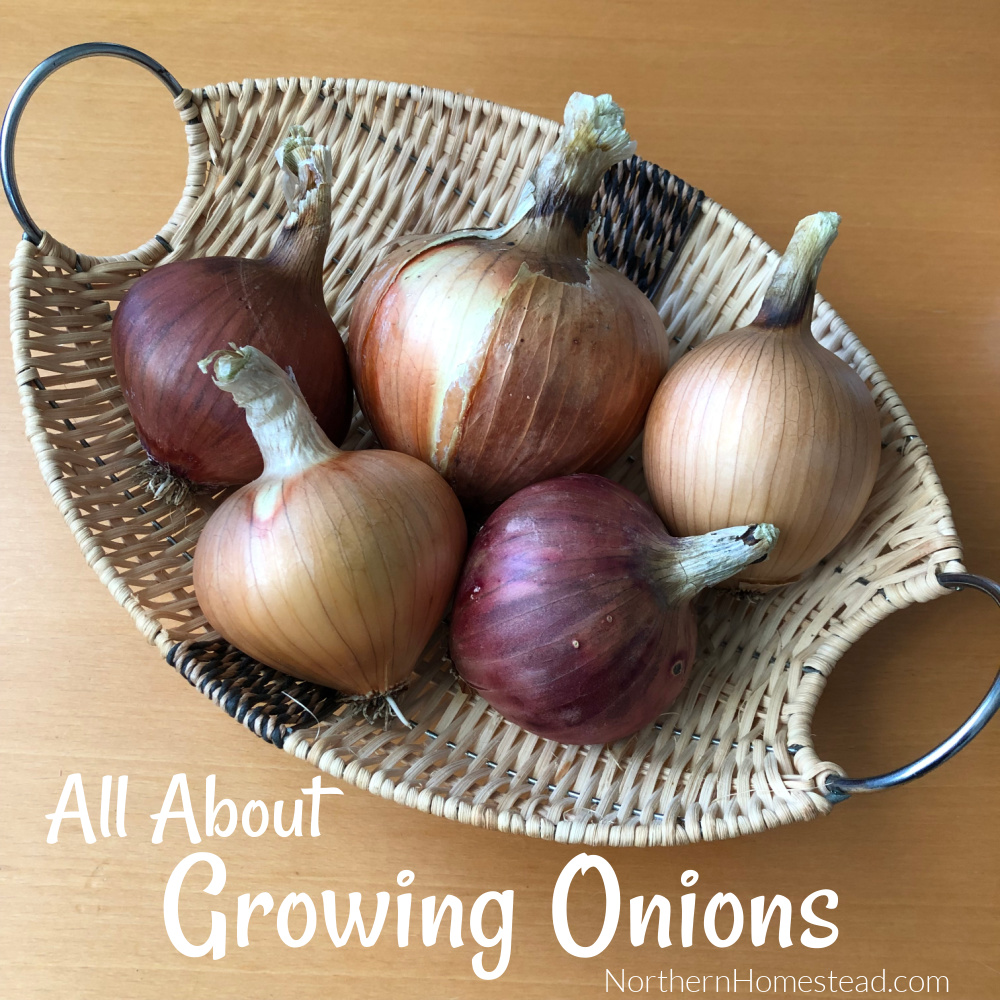
Are you looking for a versatile and easy-to-grow vegetable to add to your garden? Look no further than onions! Not only are they a flavorful addition to many dishes, but they also offer a range of health benefits. While you can certainly buy onions at the store, there are many reasons to consider growing them at home. This post will discuss different onion varieties, planting methods, and tips and tricks for harvesting and storing onions. Onions 101: A Comprehensive Guide to Growing and Preserving Onions. Let’s get started!
Onions types and varieties
Onions are categorized into long-day, short-day, and day-neutral onions. The category to which an onion variety belongs is determined by the number of daylight hours required for bulb production. Short-day onions thrive in the south and require about 10 hours of daylight. On the other hand, the long-day onion, which needs approximately 14-15 hours of daylight, is best suited for the northern climate. The number of daylight hours dictates when the onion plant starts making bulbs. It’s important to ensure that the onion variety you choose is suitable for the daylight hours in your area.

Various types of onions are available in white, yellow, and red colors.
The commonly used cooking onion is often referred to as just an onion. These onions are medium-sized, hardy, easy to grow, and can be stored for a long time.
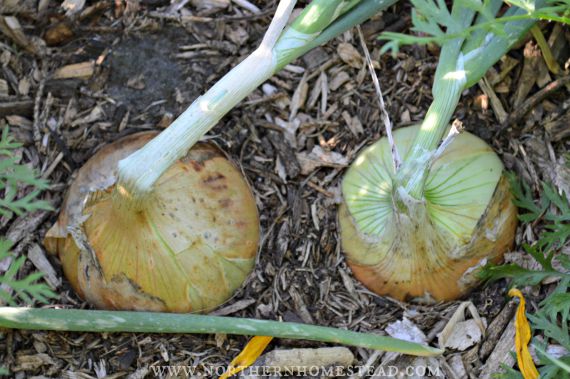
The sweet or Spanish onion is a type of vegetable onion that is excellent for adding to salads, eating raw, or making onion rings. They are not as resilient as cooking onions, require more space to grow, and do not store as long. However, they might be the favorite onion for home gardeners.
Shallots have a sweeter taste than onions and are a worthwhile addition to any diet. While we have only grown them from sets, they can also be grown from a variety of seeds.
Scallions, which are also known as green onions, are available in numerous varieties. Scallions are an excellent choice if you have difficulty growing onion bulbs or are simply interested in greens. They can be planted early in the spring and will continue to grow throughout the summer, giving you a constant supply of fresh greens.
Perennial onions are a great addition to any garden as they require minimal maintenance and will come back year after year. In our garden, we grow the Walking Onion, also known as the Egyptian or Tree Onion. The Walking Onion propagates itself by dropping flowerheads randomly around the plant. This type of onion is perfect for harvesting onion greens, and some stems also produce a bulb. Overall, it’s an excellent choice for any gardener looking for low-maintenance yet productive crops.
The Welsh onion is a great perennial onion that will develop new clumps you can harvest. Although Welsh onions are non-bulbing, they will form small bulbs after being in the soil for several months.
Growing onions from sets
Onions can be grown either from seeds or sets. Onion seeds offer a wider variety and better storage compared to onion sets. However, for beginners, the easiest way to grow onions is by using onion sets. We have had great success growing onions from sets, so we highly recommend trying it.
Onion sets are small onions that are grown from seeds but not allowed to mature. As the onion is a biennial plant, it grows a bulb in the first year and produces seeds in the second year. Sets are already in their second year of growth, but since they are small, they are unlikely to go to seed. Different varieties of onion sets are available in almost any garden center during spring. Look for high-quality sets that feel firm, not dry.
It’s best to plant onions early in the season when the soil is still cool and moist. Make sure not to plant them too deep – the top part of the onion should be visible. Water them well and keep the soil moist until the onion starts to grow. Read more planting tips below.
If you’re interested in growing onions, you can also grow your own onion sets from seeds. Simply densely sow the seeds directly into the soil in late spring, and let the bulb grow to between 1/4 and 1/2 inch. That late-planted onion won’t produce a big bulb, and it’s best not to let them grow too big. Otherwise, they will go to seed next year. Harvest the small onions, allow them to cure, and store them as you would any other onions making sure they do not dry out.
How to grow onions from seeds
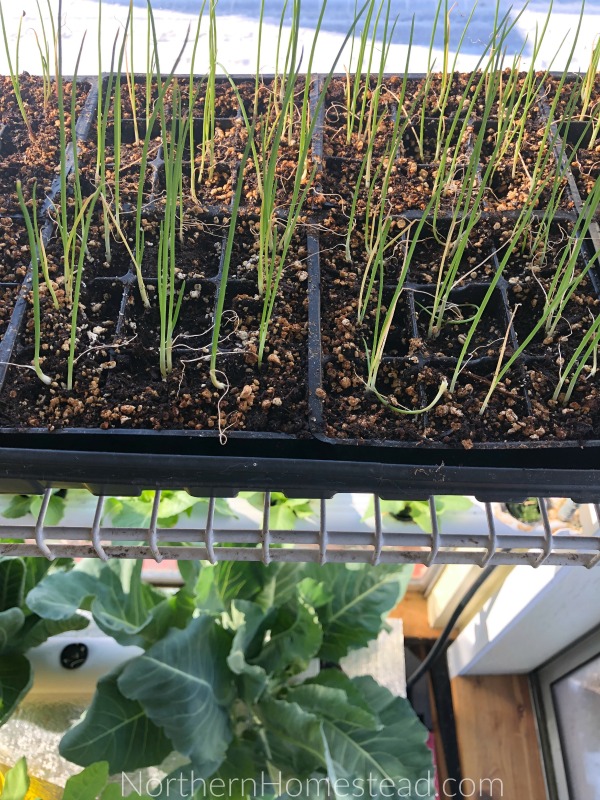
Onions are a unique vegetable that can withstand cool weather but require warmth for germination. In moderate climates, onion seeds are planted in the fall when the soil is still warm and grown outside over the winter. As the days get longer, the onion bulbs mature depending on the variety and the amount of daylight needed. However, in colder climates, onion seeds need to be started indoors in winter/early spring. In our experience, starting seeds early to mid-March is enough. Here is a free printable seed starting schedule. However, onions are one of those plants that can be started much earlier if you can not wait to start something from seeds. Explore these alternatives to starting seedlings early.
Onions require warm temperatures and soil, around 15-20°C (59-68°F), to germinate. After germination, they need cool weather to grow and warm weather to form a bulb. Some gardeners in short-season regions may face challenges growing onions, as warm summer weather can arrive too soon for the plant to grow greens. To avoid this, try planting your onions a month earlier than usual, rather than at the end of May. Another great option is a combination of winter sowing.
As per the winter sowing method, you can fill a container, such as a milk jug, with good soil that contains some compost or fertilizer and plant onion seeds densely. After planting, water the soil well and close the container. However, instead of bringing the container outside as you would in winter sowing, keep it in an area with a temperature of 15-20 degrees Celsius for germination. For germination, the onion seeds do not require light, only warmth. You can read more about this method here.
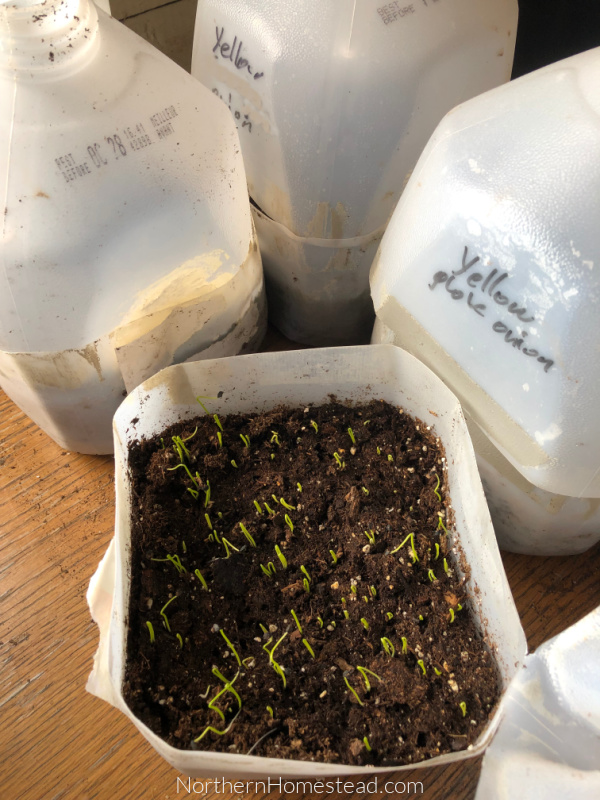
After germinating, the seedlings require cooler temperatures and plenty of light. You can transfer the containers to a cool and bright window, a greenhouse, or outside if the weather permits. However, be careful not to let them freeze. Winter sowing usually allows for this, but bringing them out during the day and in at night is a viable option. Moreover, it is relatively easy to manage since they are in jugs.
Regular onions can be grown in the winter sowing container until it’s time to plant them. However, large sweet Spanish onions may be better off being transplanted into separate containers before planting them out into the garden. These types of onions are also more sensitive to cold, so keeping them safe in a container for a little longer can be beneficial.
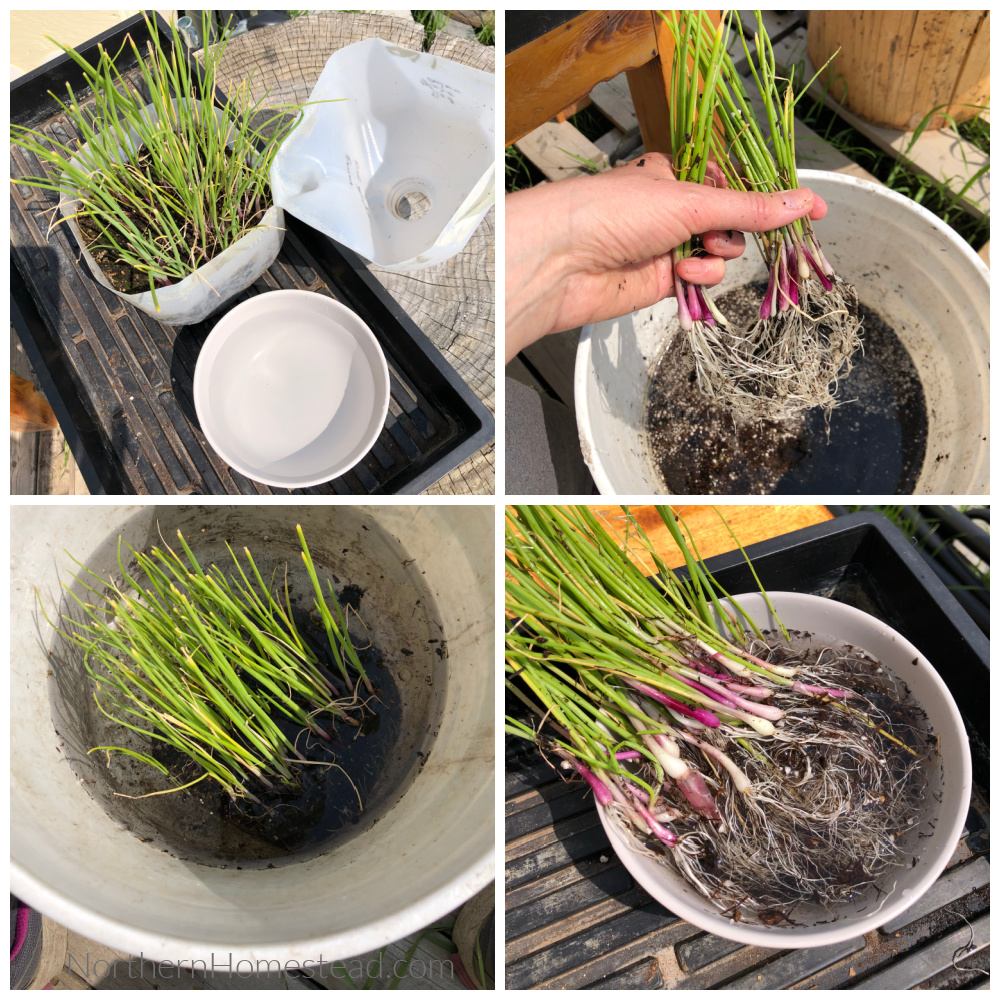
When you’re ready to plant the onions in a separate container or the garden, gently remove the plants from the bag and place them in room-temperature water for a few minutes. This will allow the soil to soften, making it easier for you to separate each seedling individually. Keep the roots moist until you plant them in a container filled with water. Onion seedlings are very forgiving. It just will set them back more if you handle them more roughly.
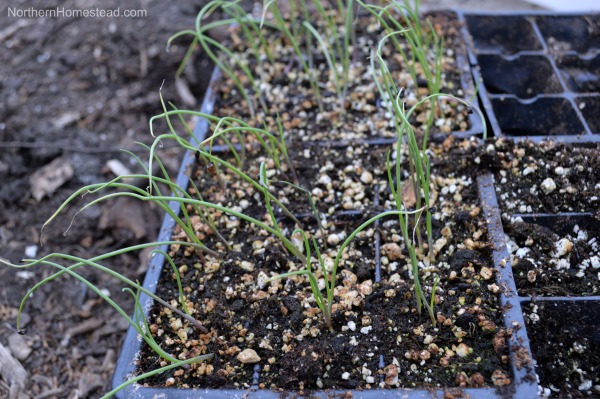
Another option is, of course, starting onions in seed-starting trays or containers. Onions do like to grow in groups so you can plant up to 4 seeds in one cube. It makes it easier to start and also to plant. If you grow onions in groups, they need to have space accordingly. Plant one group in about one square foot. Again, big varieties are better to separate and plant one by one.
How to plant onions
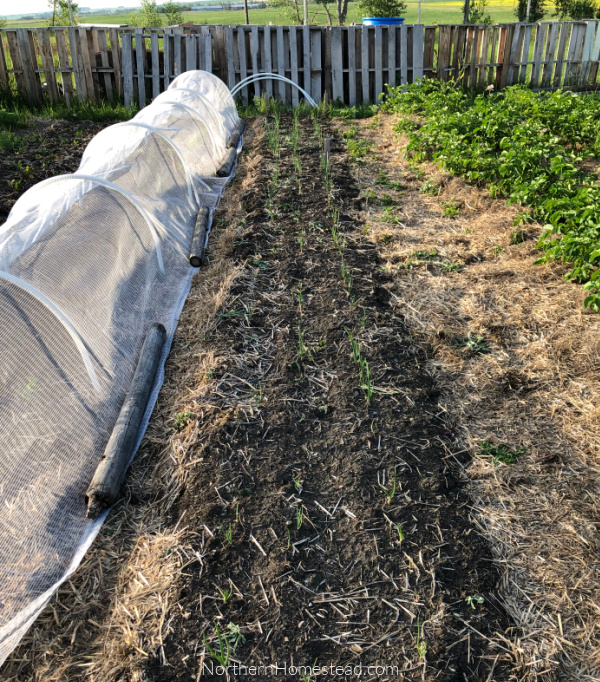
Onions do not like to be planted deep. Only the roots, or with sets of the lower part of the bulb, need to be in the soil. When planting seedlings, make sure the seedling stands up.
To plant onions in a row, make a furrow and space the seedlings 2-3 inches apart based on their size. Cover the seedlings with soil from the other side to make them stand upright. When planting seedlings individually or in clusters, dig a hole and ensure that each seedling is planted at the soil level.
Where to plant onions
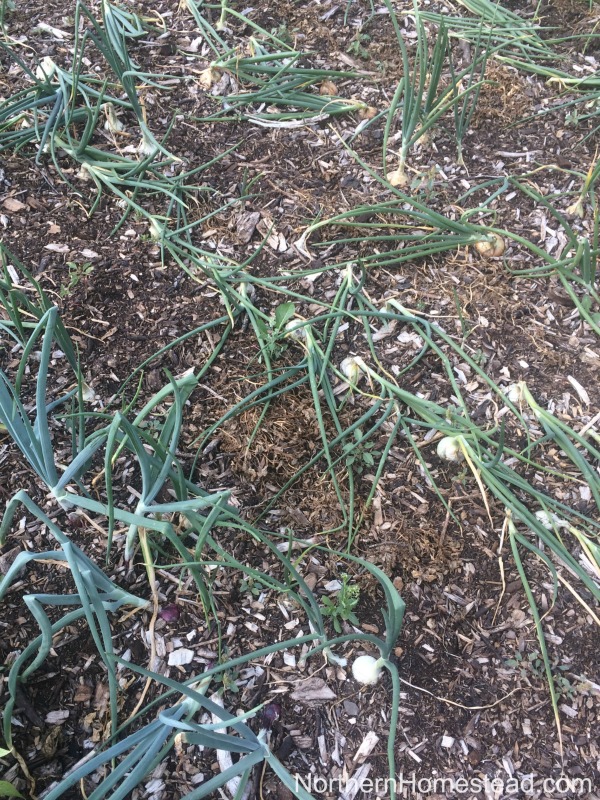
Onions thrive in full sun and well-drained, compost-rich soil. If planted in a shady location, onions can still be grown for their greens. We’ve had success growing onions in a spot that receives sun from midday until sundown.
When to plant onions
As mentioned previously, onions are sensitive to temperature. In our garden, we begin growing onions indoors in early March and transfer them to the unheated greenhouse once the risk of deep frost has passed. If the weather permits, we plant the onions in the ground about four weeks before the final frost day.
Care for onions
Onions require moisture to get established in spring but prefer well-drained soil to avoid rot. Protecting against onion maggots with insect mesh can be beneficial.
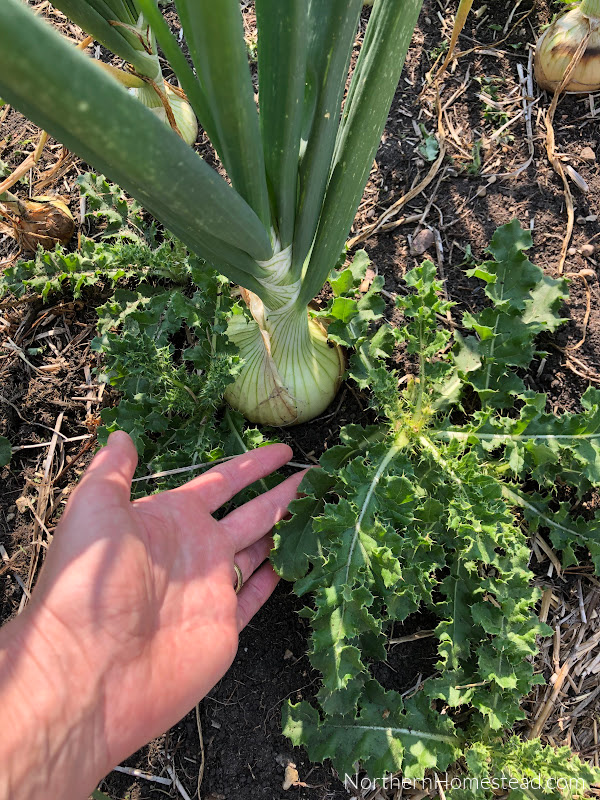
It’s not necessary to keep onions weed-free. We grow large onions even next to thistles. However, it’s important to ensure that the weeds don’t shade the plants from the sun.
Harvest onions
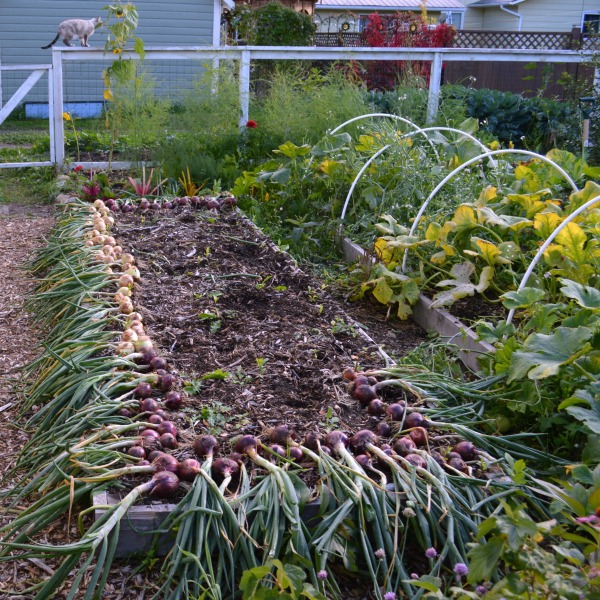
Onions can be enjoyed at any stage of growth. During the summer, I usually harvest the thick-necked onions and use them immediately in recipes because they do not store well.
For storage onions, wait until the greens fall over and dry before harvesting. In a short growing season, you may need to help them fall over, but they still might not dry before the frost. If possible, harvest during a dry spell and let the onions dry in the shade before bringing them in to cure.
Storing onions
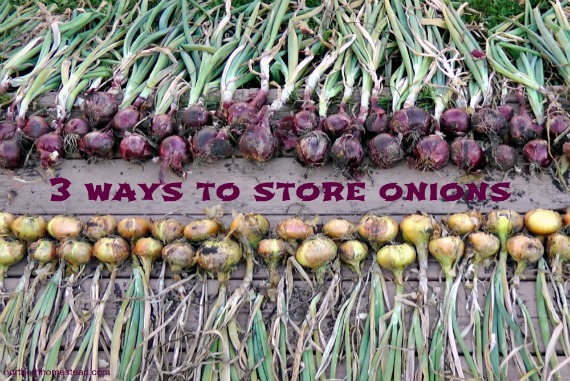
Before storing onions, they need to be cured for several weeks to ensure they are dry. Lay them out in a shady and airy location to dry the tops.
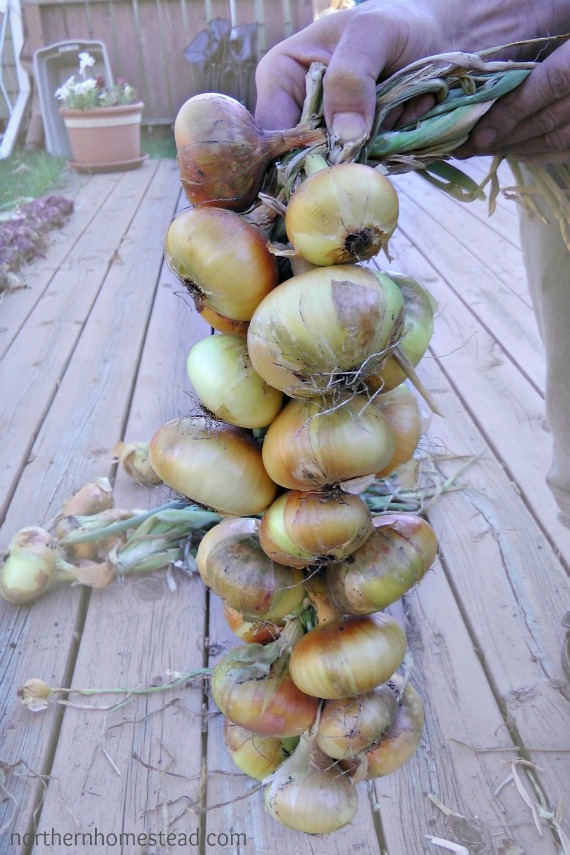
Once the onions are mostly dry, they can be braided and stored in nylons, bags, or boxes. For best results, store them in a cool, dry place. Read more here.
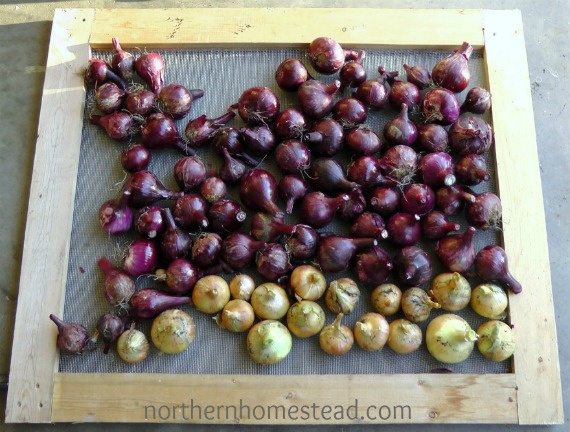
Onions grown from onion sets are best eaten fresh from the garden, as they do not store as well as onions grown from seeds. However, with proper curing, they can still be stored for a couple of months.
Freezing onions
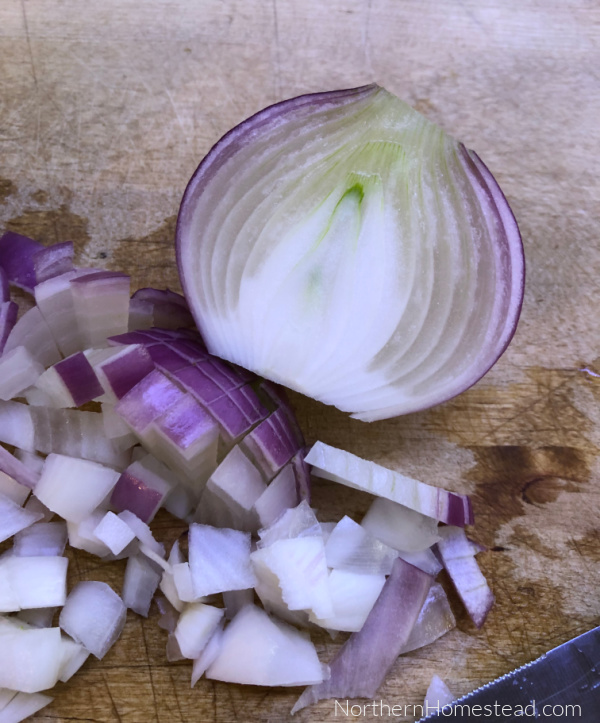
Onions can be frozen to preserve them for use in recipes later. To do this, peel and chop the onions and place them in a freezer bag before freezing. Use in recipes as needed.
Alternatively, you can freeze the whole onion if you have a place that stays slightly below freezing, such as a shop or garage. When you need to use some onions, simply bring them inside and let them thaw. Although they may look frozen, they will taste just as good as fresh onions. This is a great way to keep onions fresh for the winter, especially if they are a variety that does not store well or cannot dry before the end of the season. However, remember that they will not keep as long once they are defrosted.
Do you have any tips for growing or preserving onions? Share them in the comments below.
We invite you to subscribe to Northern Homestead and follow us on Instagram, Facebook, or Pinterest for the latest updates.

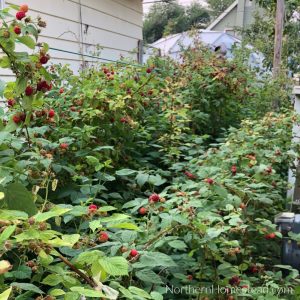
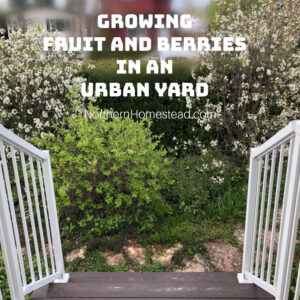
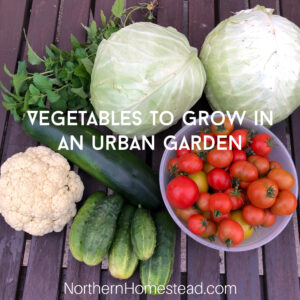
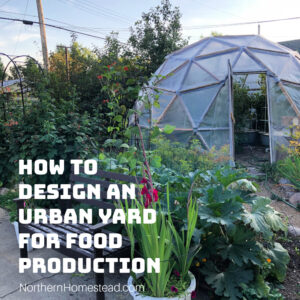


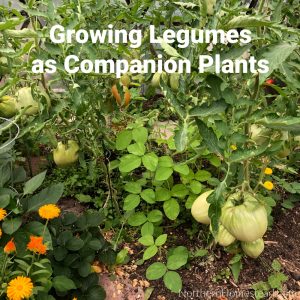
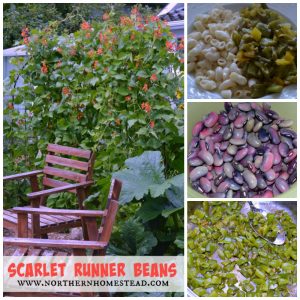
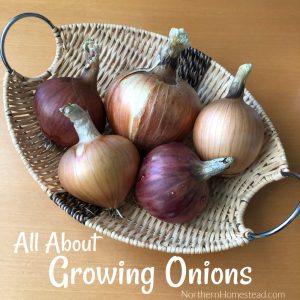
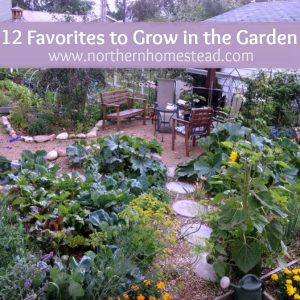

I live about 450 miles above the tree-line in Northern Quebec, and I have had generally good success with allium. I use starter sets for green onions and full grown yellow onions. I grow them in a passive solar greenhouse, and they don’t seem to mind the diurnal extremes of 25ºC down to 2ºC at night. I can always count on a good crop.
Shallots I grow from seed with really good results. I start them indoors in April and put them in the greenhouse around the 1st of June. I grow the large sized shallots, and since they store so well I get a full year’s supply.
Leeks have not been so good to me. I do get a crop, but most of the stalks don’t get larger than 1/2″. Edible, but for their footprint I wonder if they are worth the effort.
It is encouraging to hear how you adapted to your climate, way to go!
In our area I always had problems with root maggots. The plant would grow well but were unusable due to the maggots creating extensive tunnels below the soil level in the bulbs. I grow without pesticide and tried diatomaceous earth but it didn’t help. I was finally successful last season using insect netting over hoop wires and burying the edge of the netting in the soil. Not a single maggot!! I’ll grow a bigger crop this year, and I’ll plant in April as you suggested 🙂 Thanks for all the great info.
Thank you for sharing your success with the netting, a great way to grow organic onions.
Thank you for this great idea! I have had this pest problem for so long, I had given up growing onions.
I am a beginner at hoop netting. I find water rolls off it instead of in . What am I doing wrong please?
It depends on what kind of netting you use. If it’s very dense I can see that it would do that, probably not in a soaking rain, but still. Monitor it, if you feel that the soil is to dry, take it off, and water the plants.
I love all onions! When it comes to growing onions each year has been a different story, depending on “where” I grow them in the garden. The larger bulb type love that old hard-pan soil in full sun. Plant them in a mulch-rich soil and they sit there doing nothing….and I have so little hardpan soil left. I planted chives & elephant garlic in all my borders, they are real anchors and also delight the pollinators. I use fresh, hung-dry and canned… so nothing goes to waste around here. Those canned onions really come in handy when I’m pressed for time, mostly in the morning when I want a good hearty breakfast.
It probably is more the full sun than the mulch-rich soil. We have grown great onions in our mulched garden. I have never canned onions though, interesting.
(UPDATE) Try making “Onion Marmalade/Chutney”. Wonderful to used on a Charcuterie Board with meats (Smoked Salmon), cheeses, crackers and a slice of that tucked away bourbon soaking winter fruit cake with a snifter of warmed port wine. (I love making new Fruit Cake lovers!)
We’re just using up the last of our onions, mostly grown from sets. They’ve kept well in our unheated basement all winter, and I only wish I had planted more! Sometimes I miss some onions or leeks when cleaning up in the fall. Last year, the leeks went to seed, and now those seeds are growing new little leeks in my kitchen. This was my first attempt at collecting my own seeds for any allium – so happy that it actually produced new plants. I’ve tried starting onions from purchased seeds. With all of the other seeds growing in my house in spring, I really debated the pros and cons of adding this to my early spring work load because they didn’t get as big as the onion sets. Bulb size is always an issue, so this year I will try putting the onion sets out much earlier as you suggest – maybe even today!
Seedlings are not supposed to get as big as sets, if you plant them early, they will catch up but still be ready later as sets normaly would.